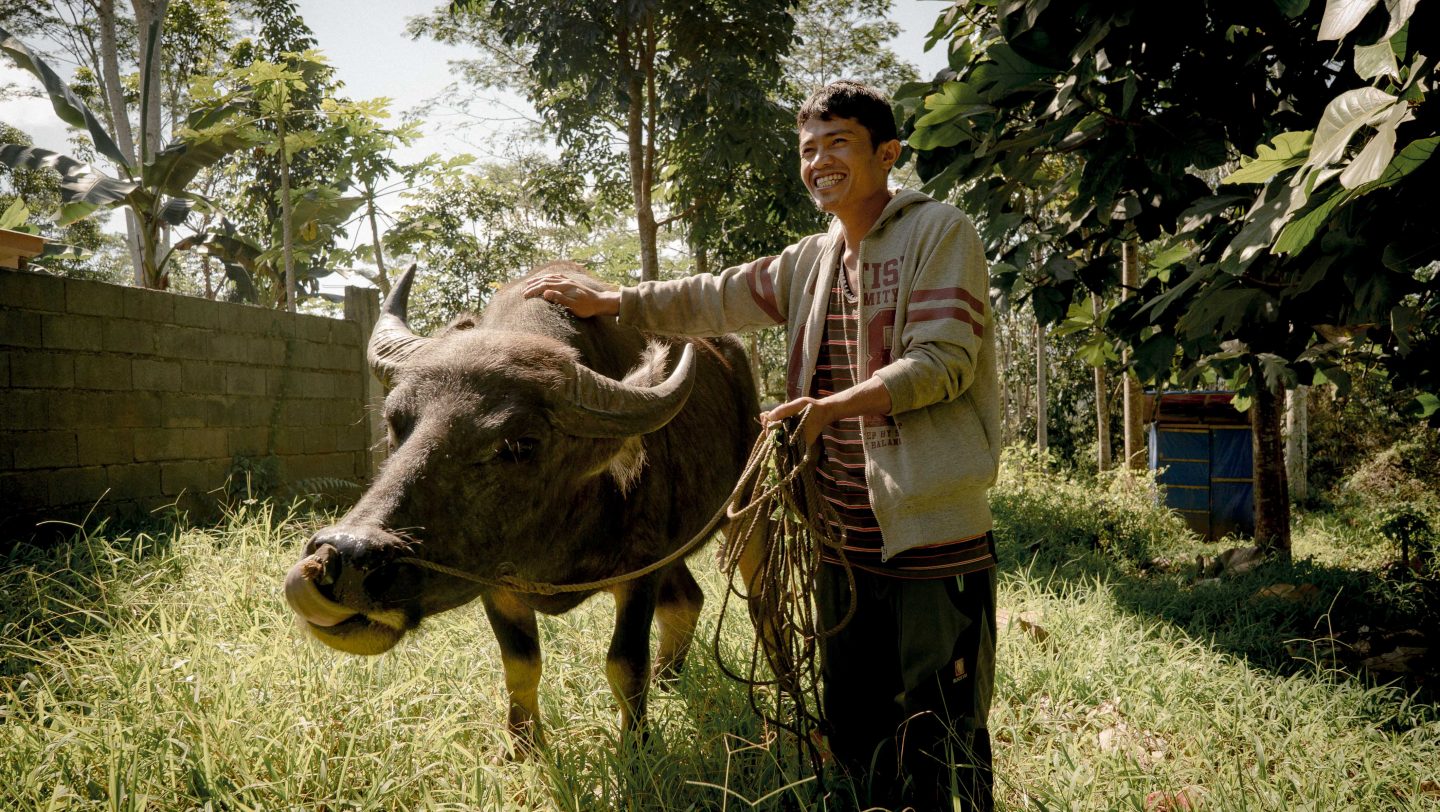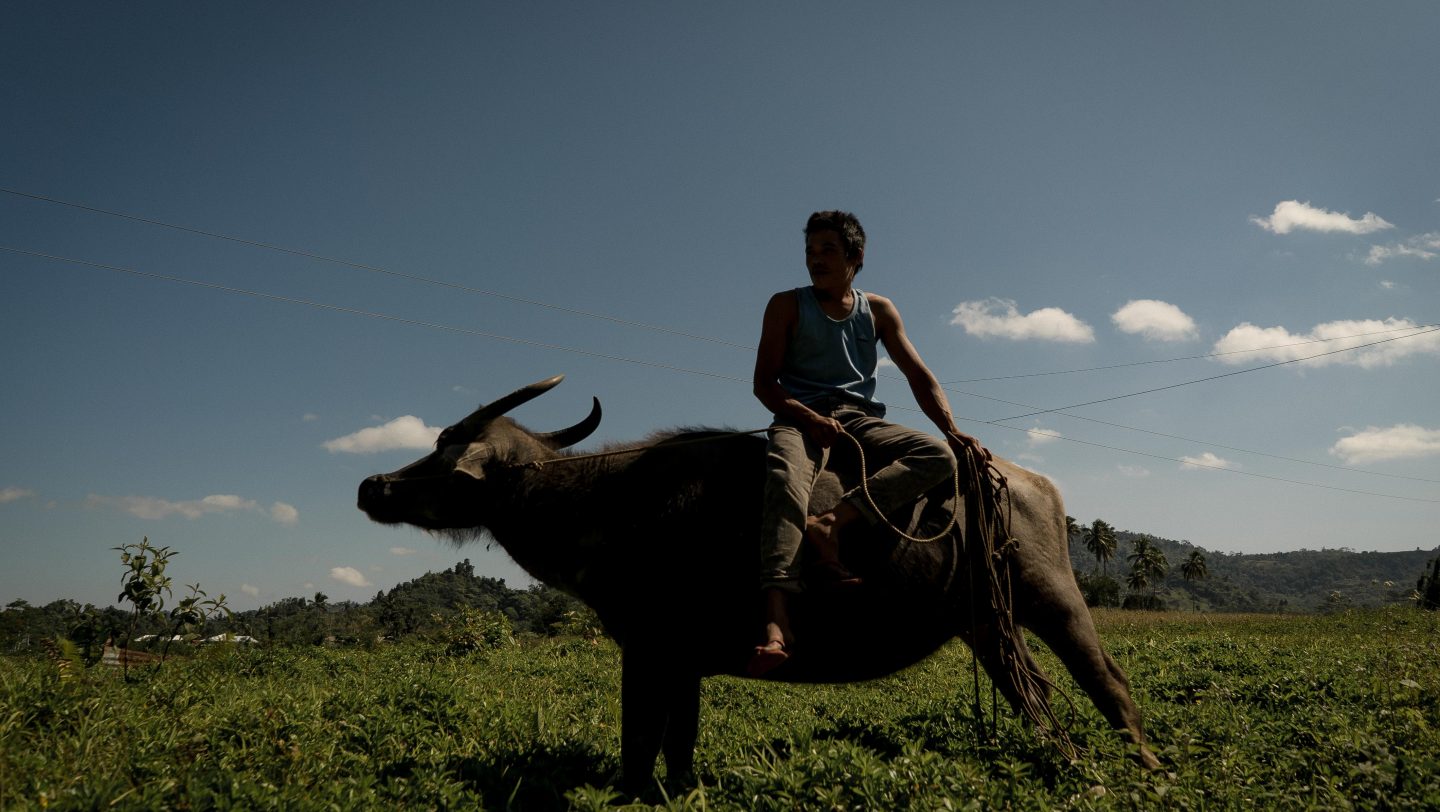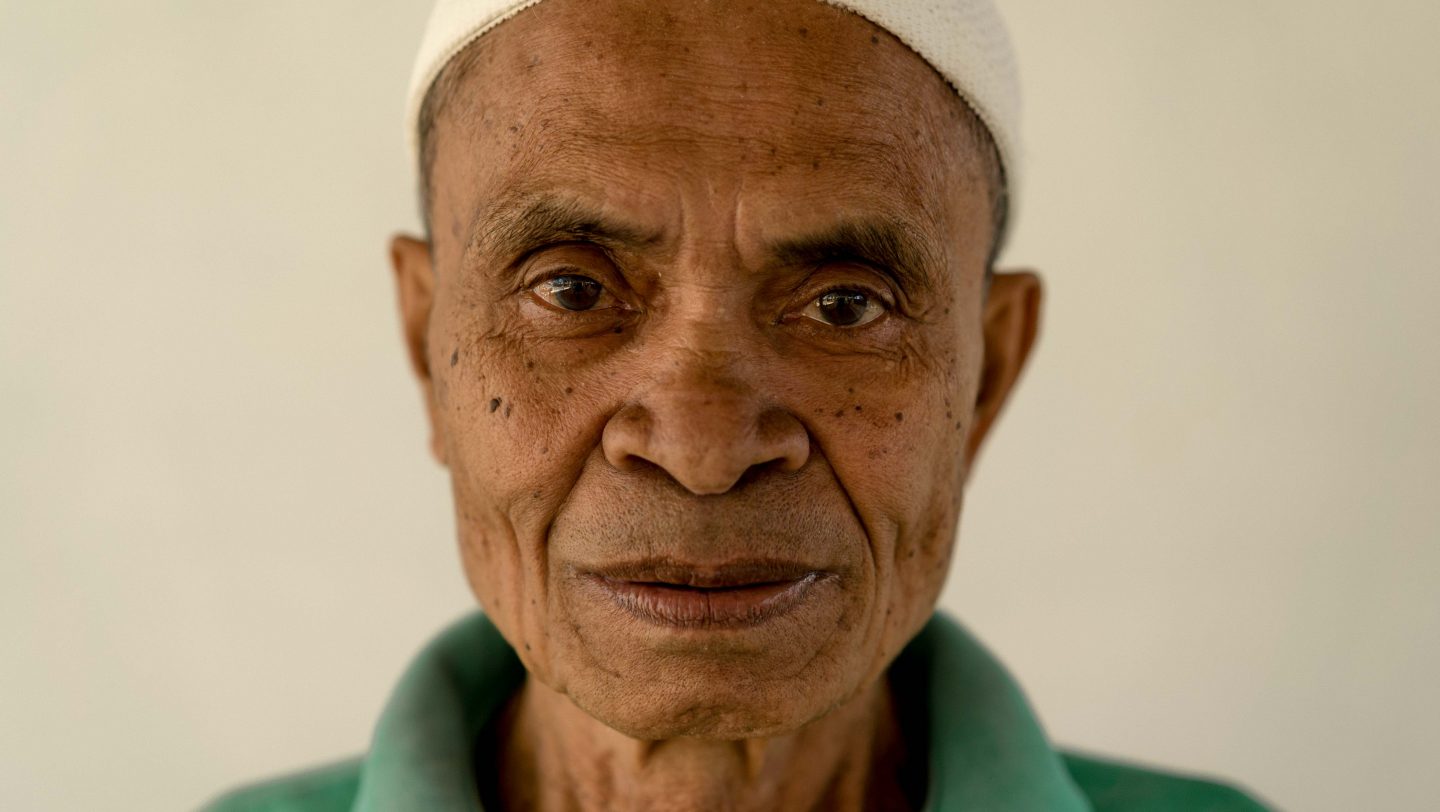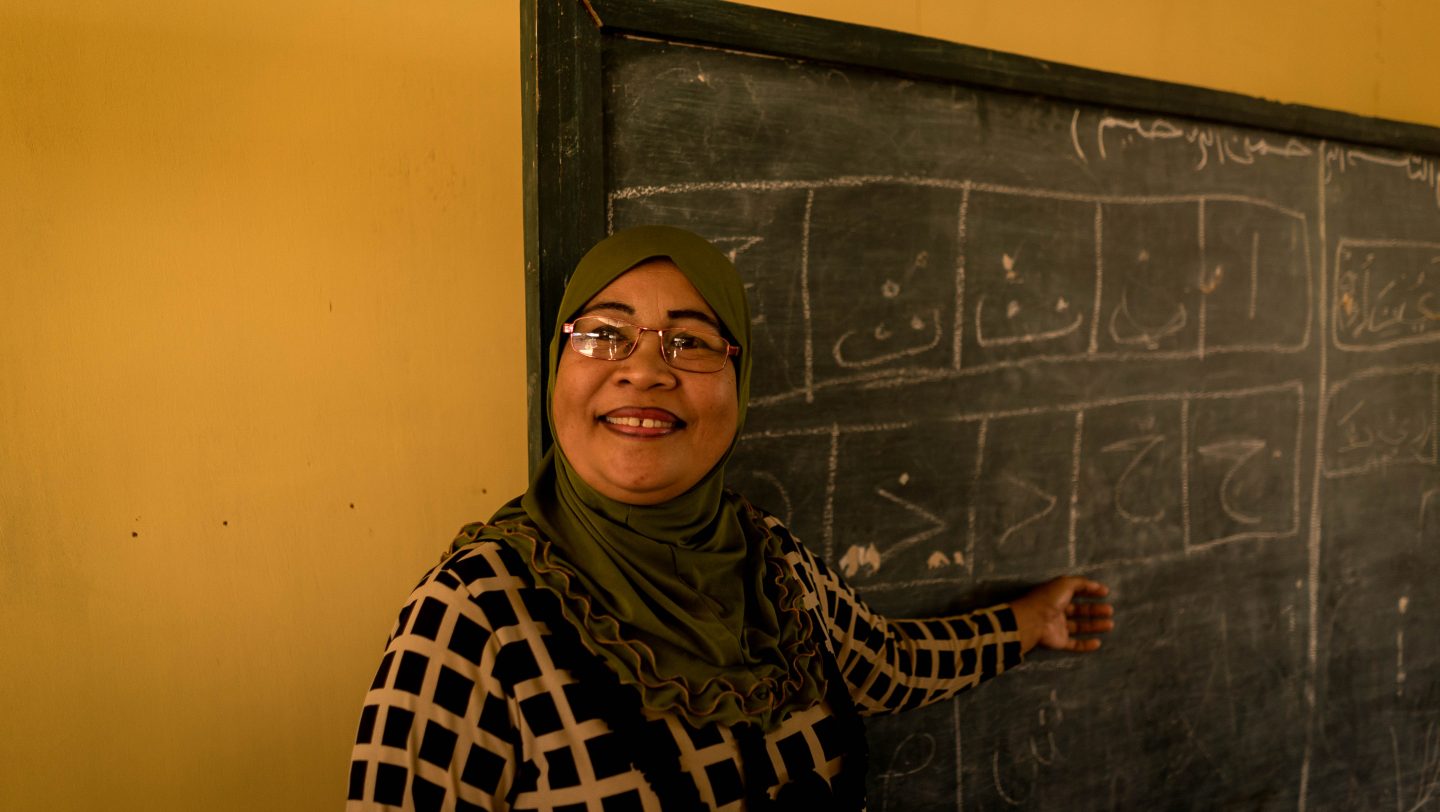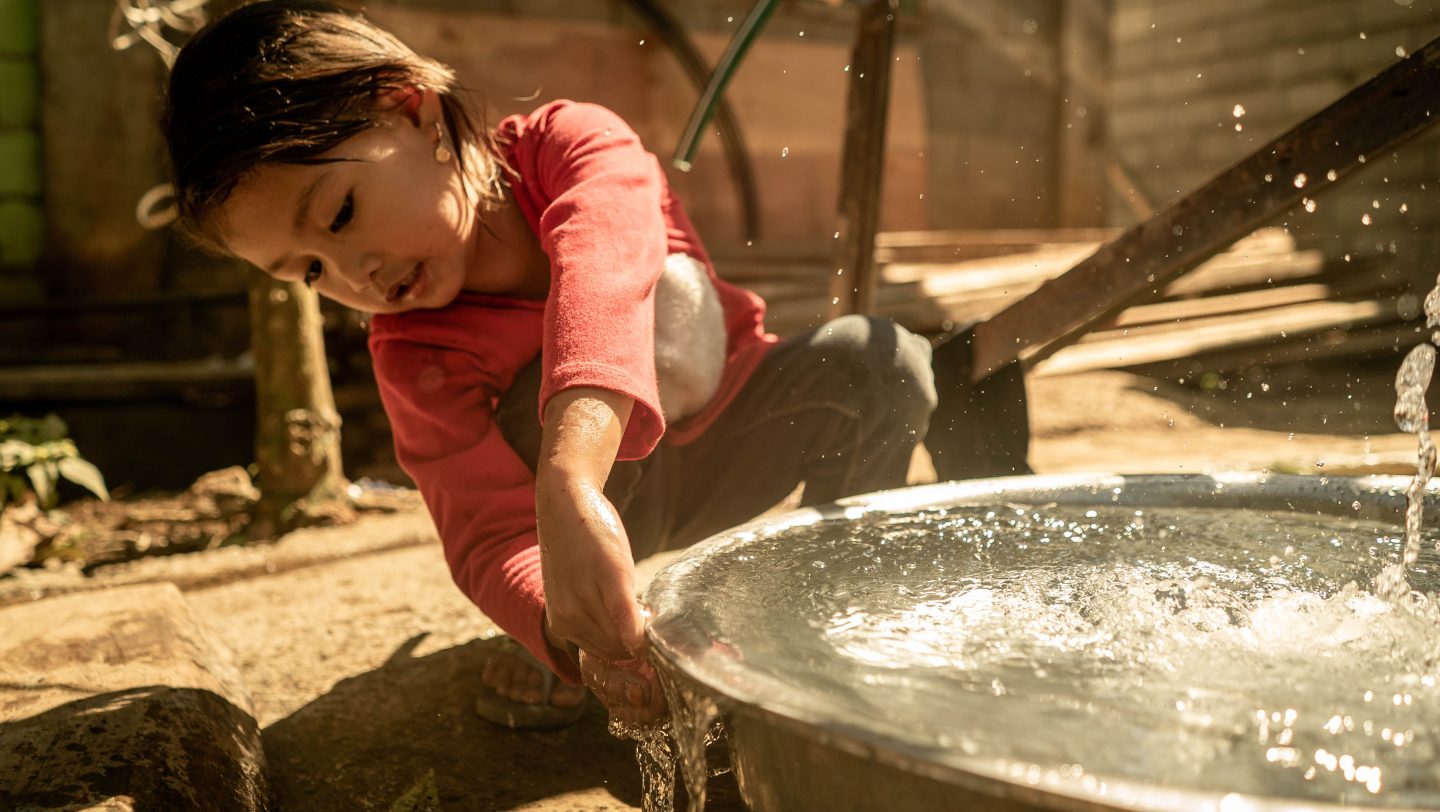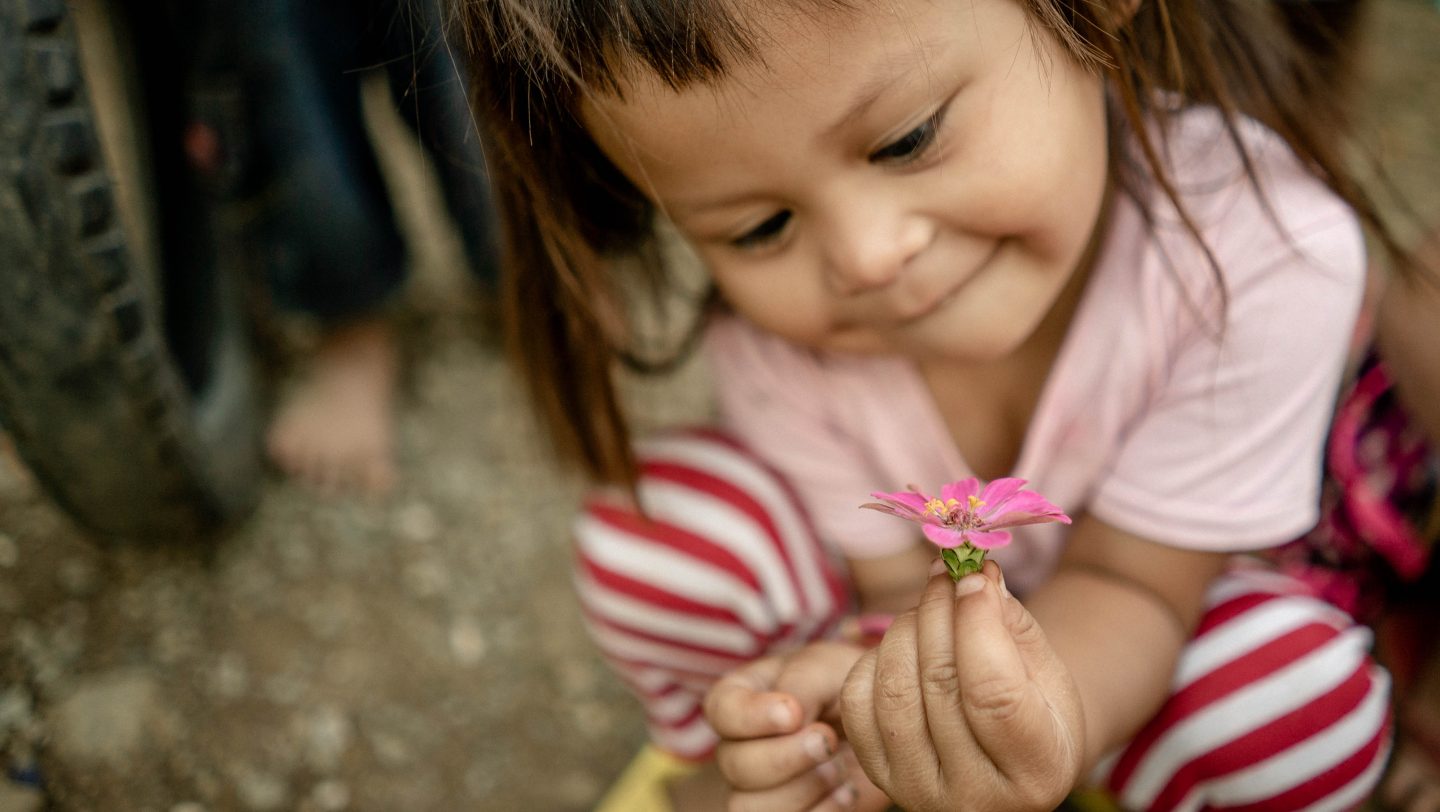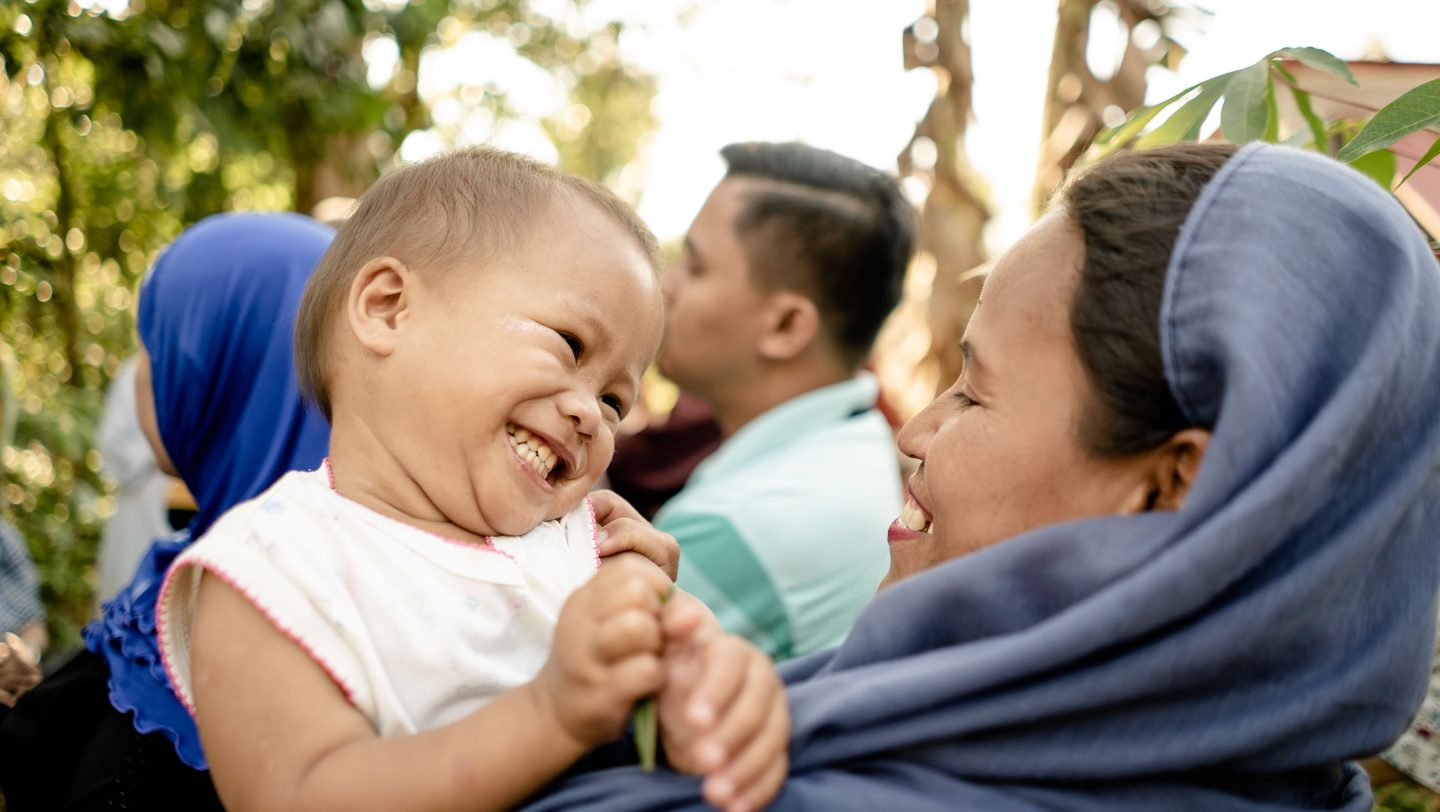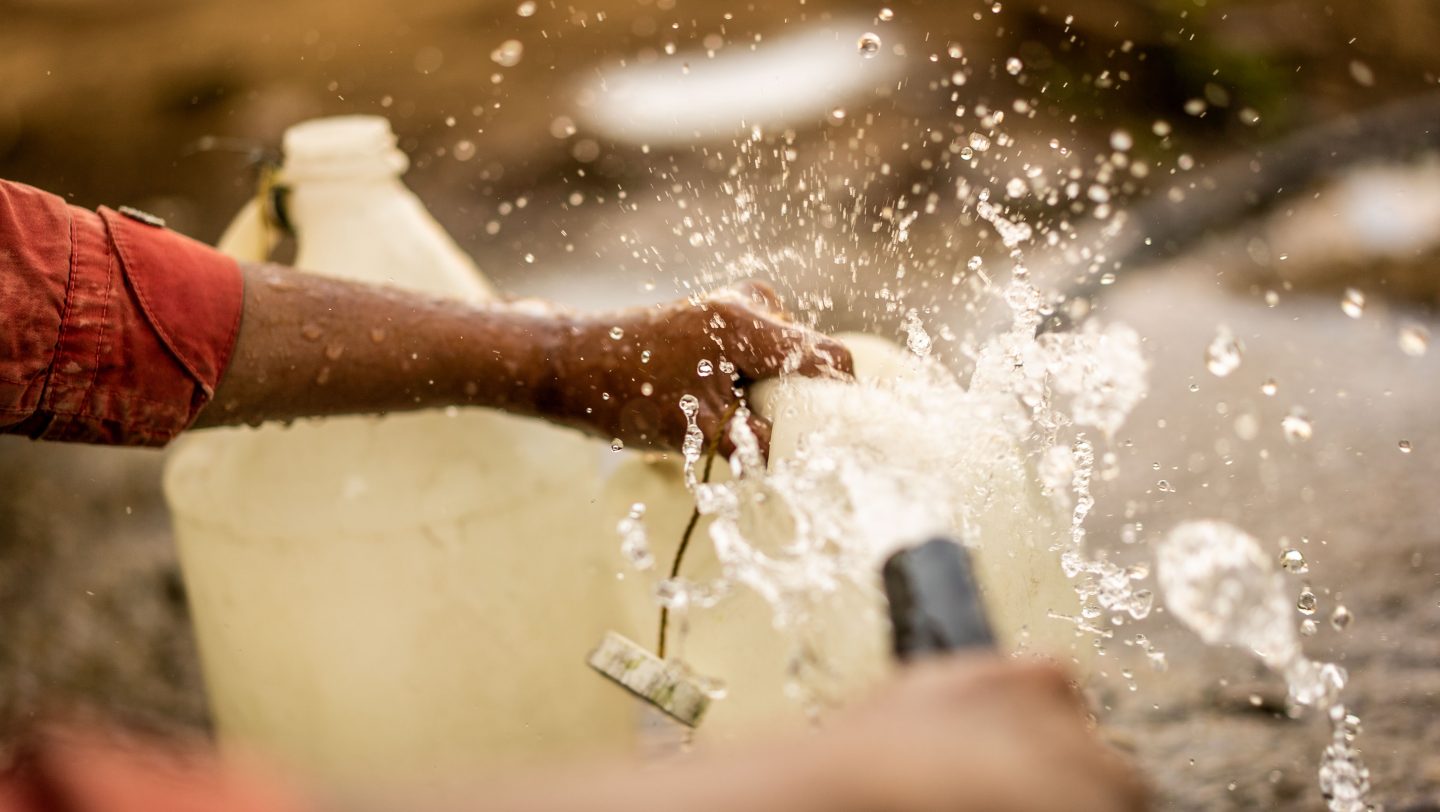Marawi after the siege
Through UNHCR’s quick impact projects, hope and self-reliance are rebuilt for these displaced families in Marawi.
Two years after the siege, some of the families from Marawi are still living in displacement. In response to the displacement, host communities around Marawi continue to extend their generosity to those who lost everything.
Slowly, they are beginning to stand on their own feet. Through UNHCR’s Quick Impact Projects (QIPs), income-generating activities like palapa making and dress making, as well as the provision of farm animals and construction of infrastructures provide assistance to families who were displaced by conflict.
Share on Facebook Share on Twitter

